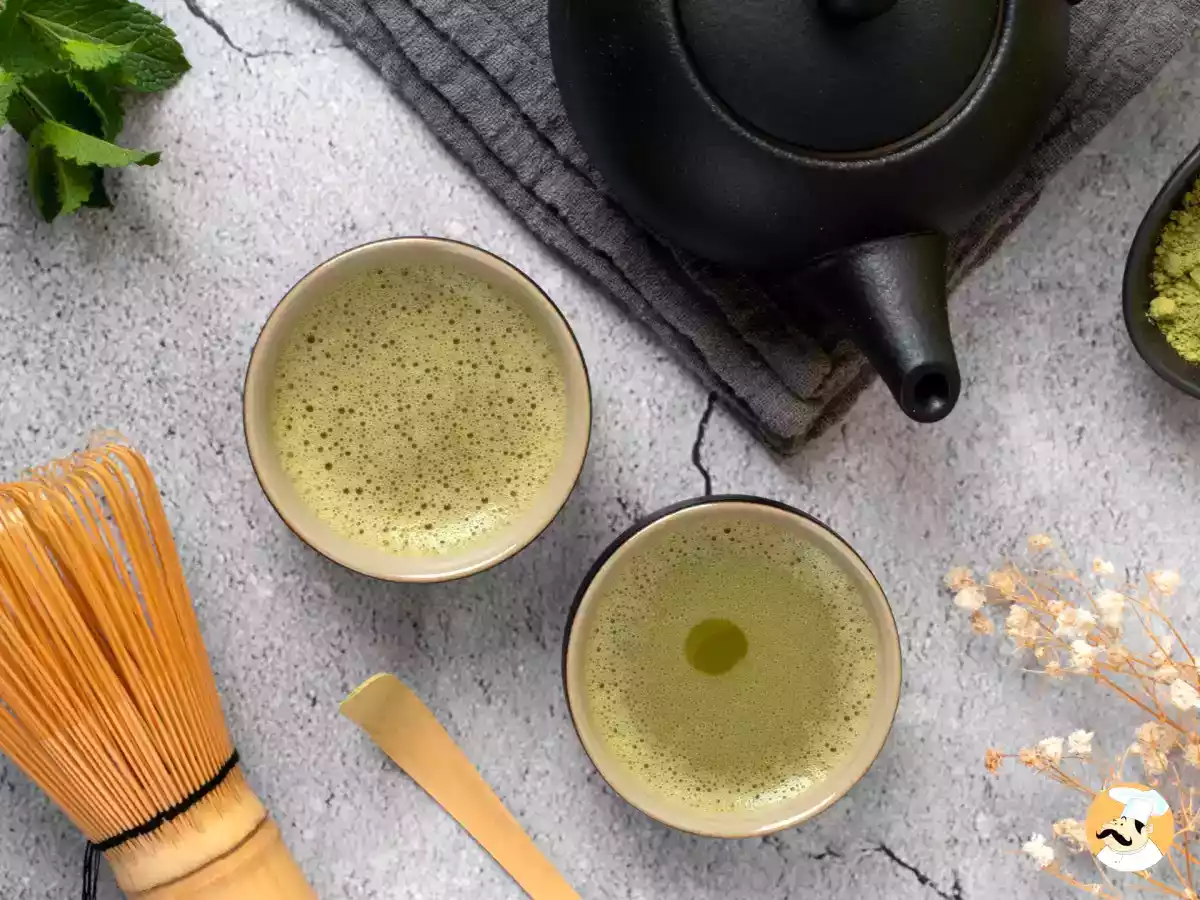Matcha vs Green Tea: How do they differ and why is Matcha so special?

In the world of teas, matcha and green tea are like "rockstars", very popular and loved, but sometimes people confuse them or use them as if they were the same. Although both come from the same plant, Camellia sinensis, they have quite a few differences in how they are grown, prepared and even in the benefits they provide. Here we tell you in a simple way the keys so that you know what makes them unique.
Where they come from and how they are grown
Green Tea: grown in countries such as Japan, China and Korea. The leaves are harvested and processed quickly so that they do not oxidize, which helps them maintain their beautiful green color and fresh flavor. Depending on where it comes from, the process varies a bit: in Japan, for example, the leaves are steamed, while in China they are usually roasted. They are then rolled and dried, ready to make a cup.
Matcha: Matcha, on the other hand, is a specific type of Japanese green tea with a very particular cultivation process. In the last weeks before harvest, the plants are grown in the shade, which increases the amount of chlorophyll and amino acids, giving it that intense green color and unique umami flavor. Once harvested, the leaves are dried and ground into a super fine powder. The funny thing is that with matcha you drink the whole leaf, not just the infusion, which makes it a more potent drink.
How to prepare
Green tea: preparing a cup of green tea is quite simple. Just infuse the dried leaves in hot water for a few minutes. Depending on the type of tea and how long you leave it in the water, the flavor can range from mild and sweet to slightly bitter. It is an ideal drink if you are looking for something light and refreshing.
Matcha: preparing matcha is a more ritualized process. The powder is mixed with hot water and whipped with a kind of bamboo brush called a "chasen" until frothy. This brings out its flavor and gives it a creamy texture, as well as that vibrant green color that catches the eye.
Health benefits
Green Tea: It's known for its antioxidants, especially catechins, which can help reduce the risk of heart disease, improve brain function and even promote weight loss. It also has a moderate amount of caffeine, just enough to give you a mild boost without making you jittery.
Matcha: Being a more concentrated version of green tea, its benefits are multiplied. Since you drink the whole leaf, you get more antioxidants, vitamins and minerals. It also contains more caffeine than green tea, which gives you a longer lasting energy boost. It also has L-theanine, an amino acid that helps you relax and concentrate at the same time, which is perfect for studying or working.
Flavor and uses in the kitchen
Green Tea: its flavor is fresh and herbaceous, with hints that can range from vegetal to floral, depending on the type. It is ideal to enjoy alone or with a light meal.
Matcha: Matcha has a more intense and creamy taste, with hints of umami and a slight sweet touch. Thanks to its versatility, it is not only drunk as a beverage, but is used in a lot of recipes, from cakes and ice cream to smoothies. In addition, it gives a cool green color to any dish.
Apricot energy balls with green tea and coconut

Homemade peach iced tea

Apple custard tea cake
 Lina
Lina
Comments